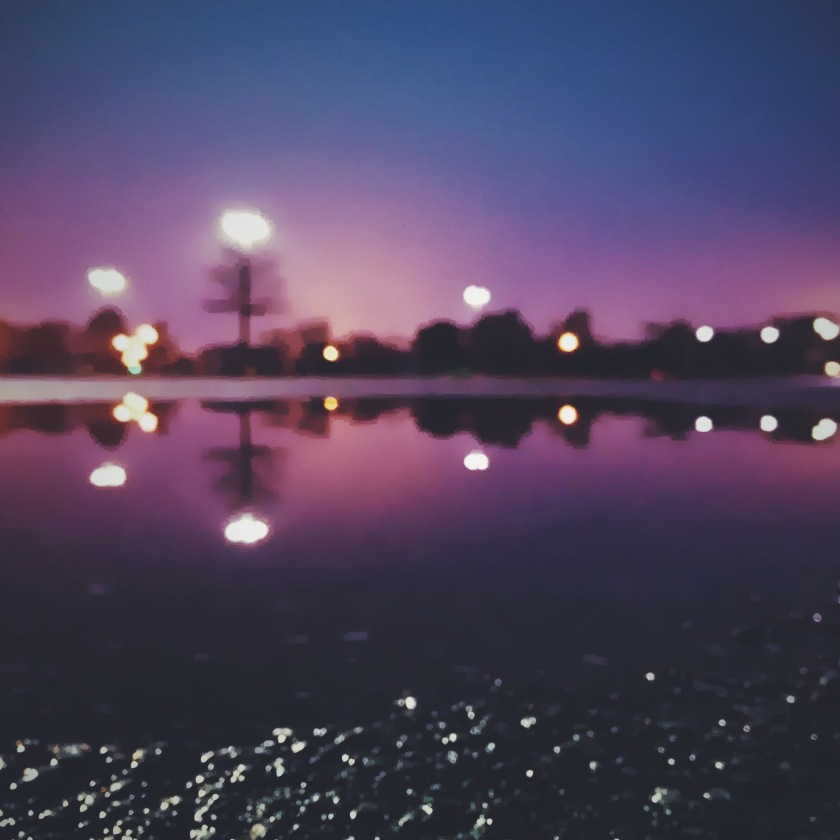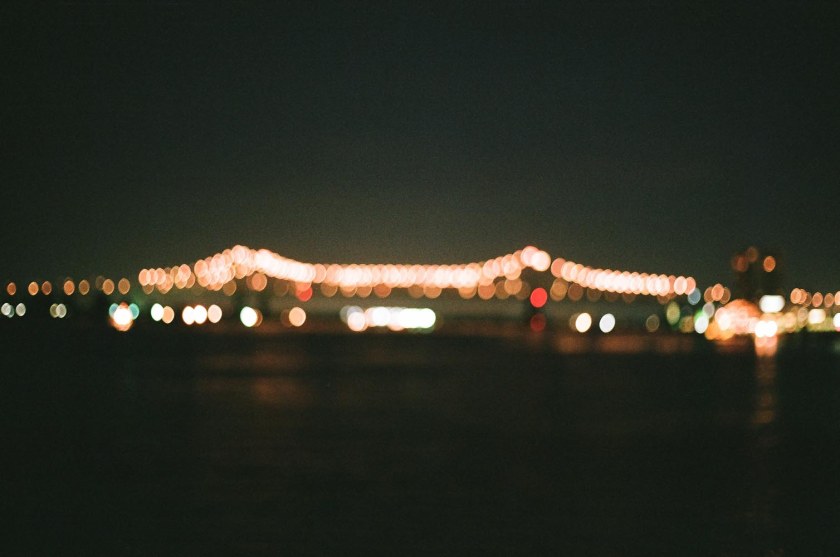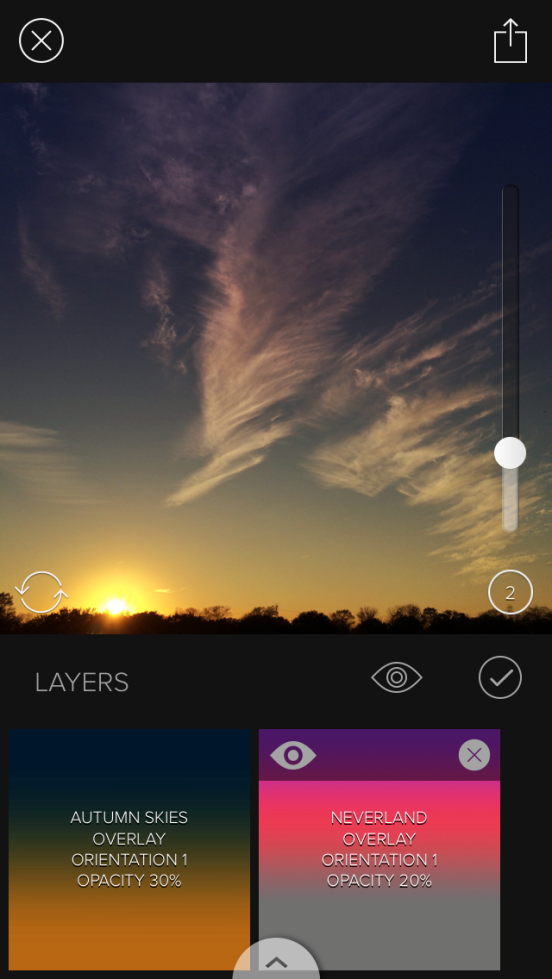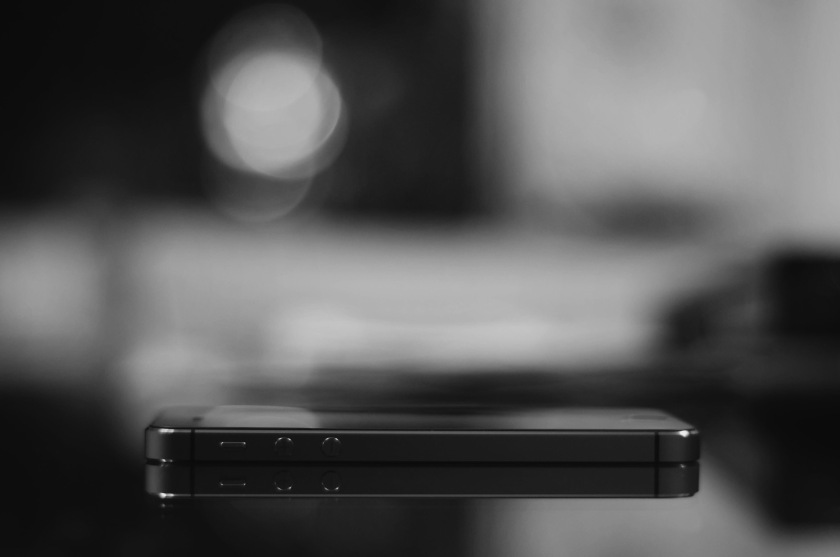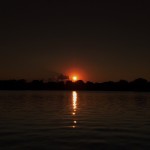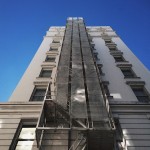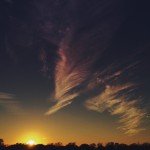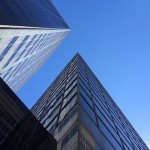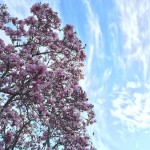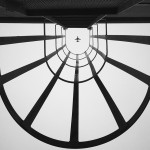When I came upon this puddle there wasn’t anything too special about it. But the sun had just set, and I liked the colors in the sky.
In this post I’ll show you how I used Mextures to take the colors up a notch and create a surreal result.

I took a few photos and didn’t review them on the spot since I was in a rush. Out of all the photos taken, I actually liked this one even though it’s out of focus. That’s where I got the title after all. 😉


I applied the “Dusk” gradient to both the top and bottom of the image. Notice the different orientations in the screenshot on the right.


After exporting from Mextures, I reduced the noise using the “Smooth” feature in Pixlr. Too much smoothing can ruin an image, but, since this one is out of focus, it worked out really well. Lastly, I finished it off with a preset from VSCO Cam that really brought out the purple.
Check out more iPhoneography Insights here.
And don’t forget to follow me on Instagram!
